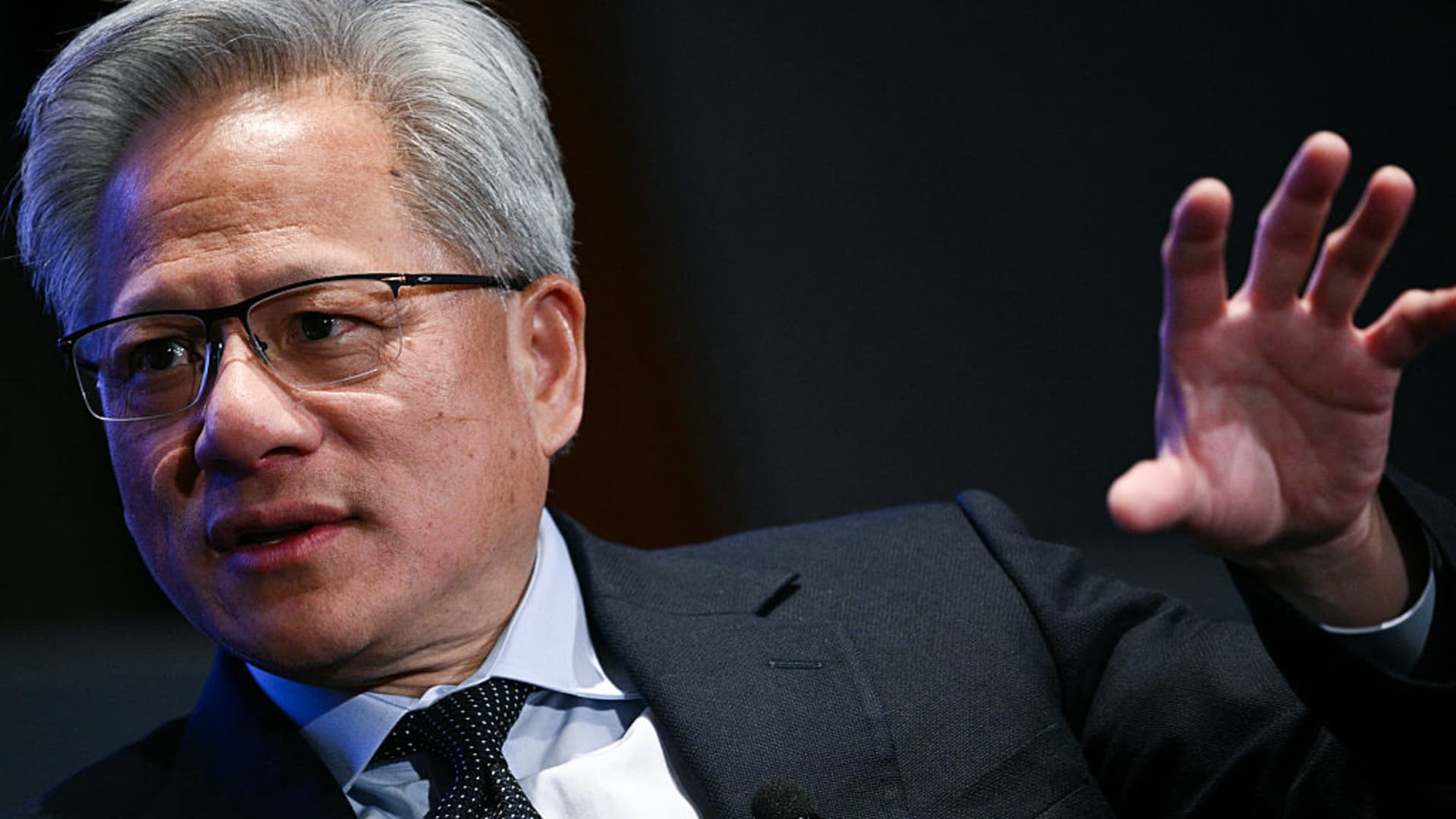Nvidia’s Strategic Challenges and Market Dynamics
Introduction
The tech world moves at breakneck speed, and few companies embody this relentless pace better than Nvidia. A powerhouse in AI and semiconductor innovation, Nvidia has become synonymous with cutting-edge computing. Yet, even industry giants face turbulence. Rising competition, regulatory crackdowns, and geopolitical tensions are reshaping the landscape, forcing Nvidia to adapt swiftly or risk losing its edge.
This analysis explores the key challenges Nvidia confronts—particularly the surge of Chinese competitors, tightening U.S. export controls, and the company’s strategic countermeasures. How Nvidia navigates these hurdles will determine whether it remains the undisputed leader in AI hardware or cedes ground to hungrier rivals.
The Rise of Chinese Competition
DeepSeek and Huawei: Disruptors in the AI Arena
China’s tech sector is no longer content playing catch-up. Companies like DeepSeek and Huawei are launching formidable alternatives to Nvidia’s dominance. DeepSeek, a relatively new player, made waves with its AI model release, triggering a selloff in Nvidia shares. The message was clear: homegrown Chinese tech can compete globally.
Huawei, meanwhile, has been quietly advancing its Ascend AI chips, positioning itself as a viable alternative for Chinese firms restricted from buying Nvidia’s high-end GPUs. With Beijing pushing for self-reliance in semiconductors, these competitors benefit from state backing and a captive domestic market.
Shrinking Revenue from China
Nvidia’s financials reflect this shift. Revenue from China, once a critical growth engine, has plummeted—falling from 26% of total sales in 2022 to just 16% in fiscal 2024. U.S. export controls have played a major role, but so has the rise of local alternatives. If this trend continues, Nvidia could lose its foothold in the world’s second-largest economy entirely.
Regulatory Hurdles and Geopolitical Tensions
U.S. Export Controls: A Double-Edged Sword
Washington’s restrictions on advanced chip exports to China were designed to curb Beijing’s AI ambitions. But for Nvidia, they’ve also meant lost revenue. The company responded by creating downgraded chips like the H20 for the Chinese market, but these have faced skepticism from buyers who prefer domestic solutions.
The rules keep evolving. Proposed “AI-diffusion” controls could further limit Nvidia’s sales, not just in China but in allied nations too. Each regulatory shift forces Nvidia to recalculate its strategy, adding uncertainty to long-term planning.
The Geopolitical Tightrope
Nvidia’s predicament highlights a broader dilemma for U.S. tech firms: how to thrive in a world where technology is increasingly politicized. China’s push for semiconductor independence, combined with U.S. export curbs, is fracturing the global market. Companies like Nvidia must now navigate a minefield of compliance issues while fending off competitors who face fewer restrictions.
Nvidia’s Strategic Responses
Doubling Down on AI Innovation
CEO Jensen Huang’s mantra is simple: adapt or die. Nvidia isn’t standing still. Its data center revenue—driven by AI demand—soared by 93% in 2024, reaching a staggering $130.5 billion in annual revenue. Huang predicts next-gen AI will require 100x more computing power, ensuring sustained demand for Nvidia’s chips.
The company is pouring resources into R&D, from next-generation GPUs to AI software ecosystems like CUDA. By maintaining its technological lead, Nvidia aims to stay indispensable even as competitors emerge.
Countering the Competition
At Nvidia’s shareholder meeting, Huang addressed rivals head-on, asserting Nvidia’s superiority in AI training chips. But the competition is heating up. AMD’s acquisition of AI startup Mipsology signals a more aggressive push into Nvidia’s territory. Meanwhile, Chinese firms are leveraging government support to close the gap.
Nvidia’s response? A mix of innovation and strategic partnerships. Collaborations with cloud providers and AI startups help lock in customers, while acquisitions could bolster its portfolio in key areas like robotics and edge computing.
Diversifying Beyond China
With China’s market becoming increasingly fraught, Nvidia is looking elsewhere. Investments in regions like Southeast Asia, India, and the Middle East aim to offset lost revenue. The company is also targeting new sectors—automotive AI, healthcare, and industrial automation—to reduce reliance on any single market.
Conclusion
The Path Forward
Nvidia stands at a crossroads. The challenges are formidable: fierce Chinese rivals, unpredictable regulations, and a splintering global market. Yet, the company’s relentless focus on AI innovation, coupled with strategic diversification, provides a roadmap for resilience.
Jensen Huang’s leadership will be critical. His ability to steer Nvidia through these headwinds—while maintaining its technological edge—will determine whether the company remains the king of AI hardware or gets dethroned by nimbler competitors.
One thing is certain: in the high-stakes world of AI, standing still isn’t an option. Nvidia’s next moves will shape not just its own future, but the trajectory of the entire tech industry.











